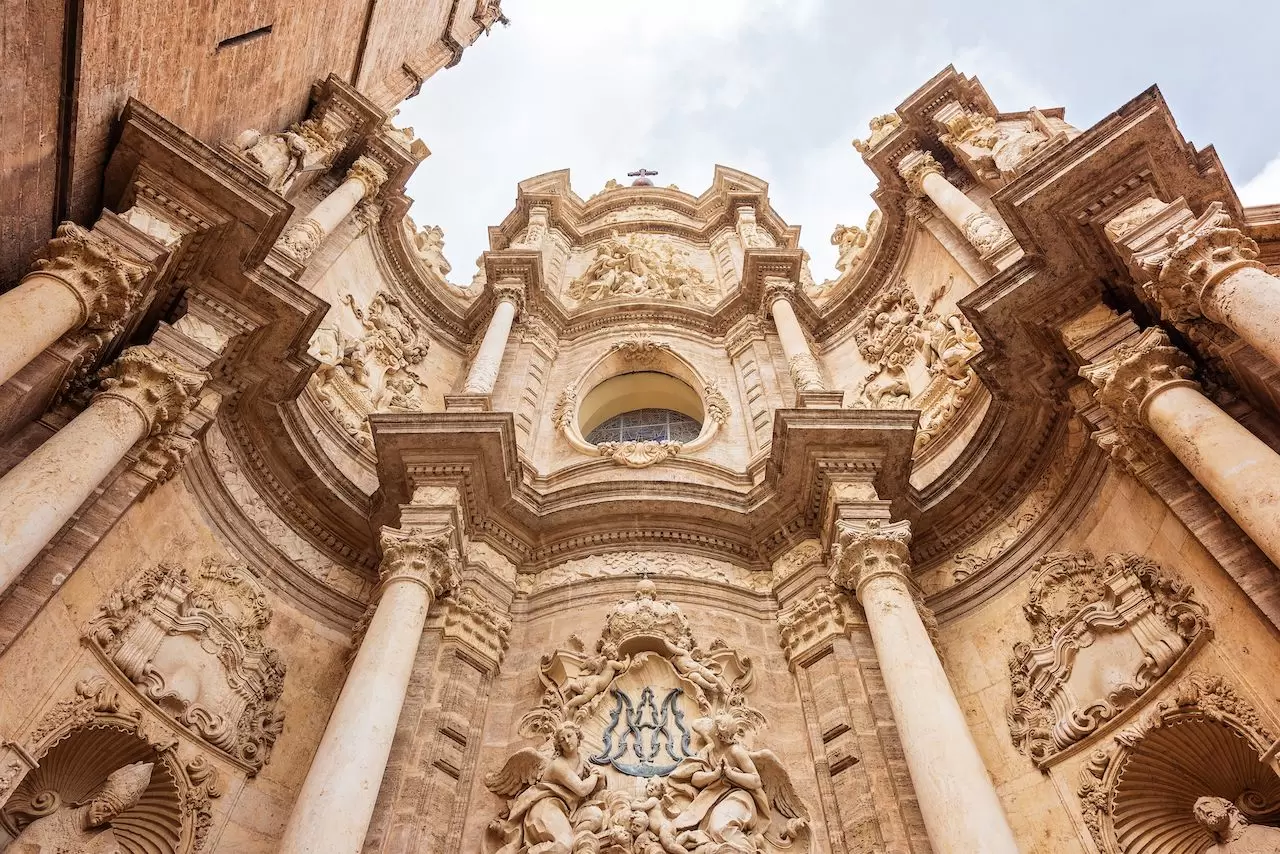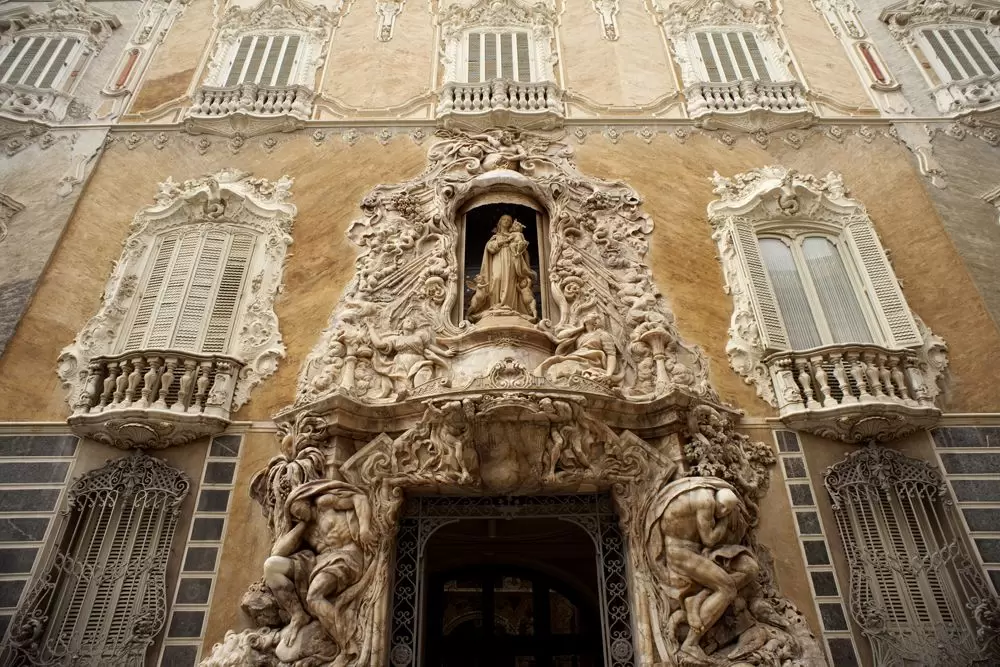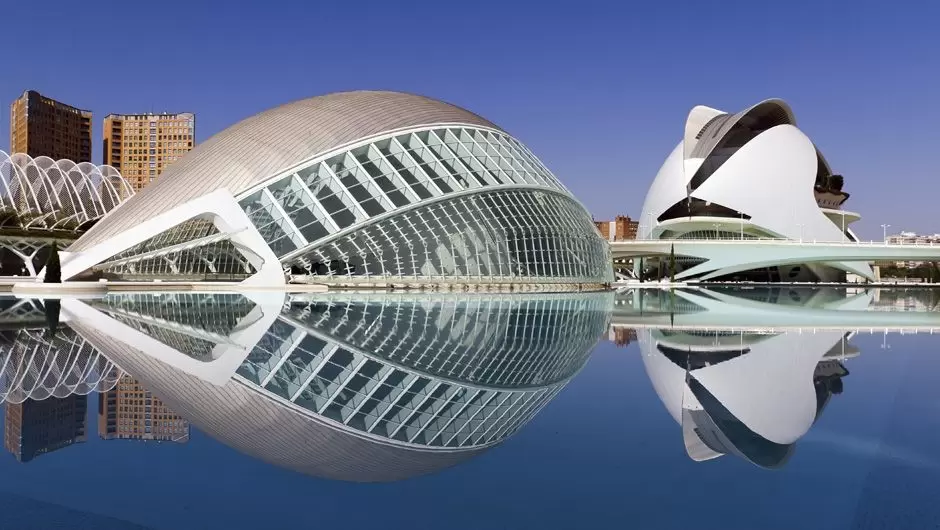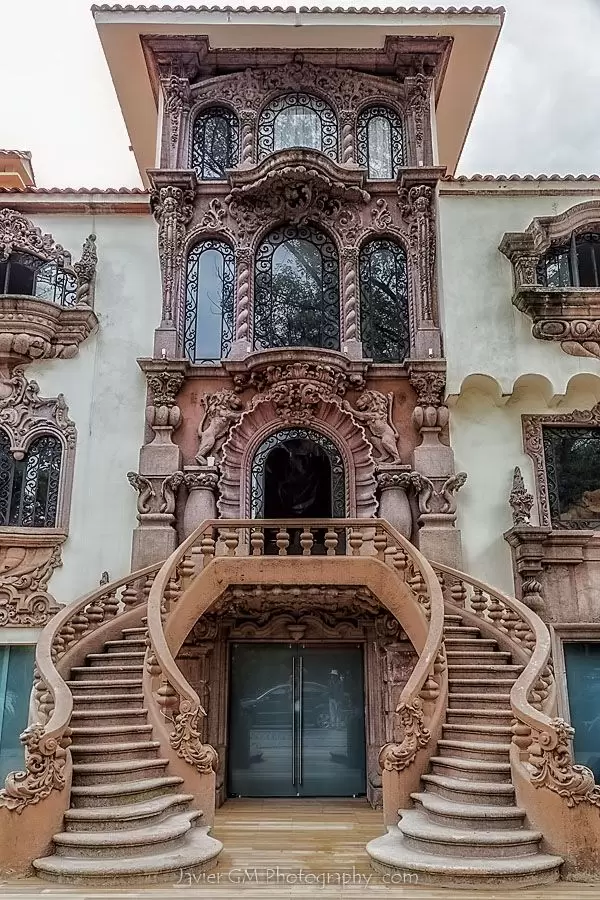Modernism is an art and architectural movement that lasted from the late 19th century to the early 20th century in Spain. This movement, also known as Art Nouveau, was particularly influential in the Catalonia region. However, Valencia was also an important center of this movement, and the Art Nouveau architecture in the city is one of the hidden treasures of modernism.
Valencia is home to some of the most important architectural examples of modernism. These include structures such as the Mercado Central and Estación del Norte, which have become symbols of the city. These buildings are adorned with organic forms, natural motifs, and colorful ceramics that are characteristic of Art Nouveau.
Valencia's Art Nouveau architecture preserves the city's historical fabric while reflecting the original and creative style of modernism. Therefore, it is a great opportunity for visitors to discover the hidden treasures of modernism when visiting Valencia.
What are the characteristics of Art Nouveau architecture in Valencia?
Valencia is a city located on the eastern coast of Spain. This city is famous for its historical and cultural richness. Valencia hosts some of the most beautiful examples of Art Nouveau architecture. Art Nouveau is an architectural movement that emerged in the late 19th century. This movement aims to combine art and architecture by using organic forms and decorations from nature.
The features of Art Nouveau architecture in Valencia can be easily noticed while walking through the city streets. The most distinctive features of this architectural style are organic forms, natural motifs, and decorations. Art Nouveau architecture uses flowers, leaves, branches, and other organic forms to reflect the beauty of nature. These forms are used on the exterior facades of buildings, door and window frames, stair railings, and other decorative elements.
Another feature of Art Nouveau architecture in Valencia is colorful ceramics. These ceramics are used on the exterior facades and interior spaces of buildings. Colorful ceramics add liveliness and movement to buildings. In addition, glass and iron are also frequently used materials in Art Nouveau architecture. Glass is used in the interior spaces of buildings and stained glass, while iron is used on the exterior facades and door and window frames.
Some of the most important examples of Art Nouveau architecture in Valencia include Mercado Central, Estación del Norte, Casa del Punt de Ganxo, and Casa Ferrer. These buildings reflect the features of Art Nouveau architecture in the best way possible. Art Nouveau architecture contributes to the historical and cultural richness of the city of Valencia. This architectural style is one of the tourist attractions of the city and attracts visitors' attention.
What are the effects of the Modernismo movement in Valencia?

Valencia is a city located on the eastern coast of Spain. This city is home to many buildings influenced by the modernist movement. The modernist movement emerged in a period from the late 19th century to the early 20th century and had an impact on art, architecture, and design.
The effects of the modernist movement in Valencia are particularly visible in the field of architecture. These effects are reflected in many modernist buildings located in various parts of the city. These buildings are generally designed in a colorful and ornate style. Some of the buildings in Valencia that reflect the influence of the modernist movement include Mercado Central, Estación del Norte, and Colón Market.
Mercado Central is one of Valencia's most famous markets. This market is located in a building influenced by the modernist movement. The colorful mosaics and stained glass windows inside the market reflect the characteristics of the modernist movement. Estación del Norte is Valencia's main train station. This station is located in a building influenced by the modernist movement. The ornate stained glass windows and colorful mosaics inside the station reflect the characteristics of the modernist movement.
Colón Market is also one of Valencia's most famous markets. This market is located in a building influenced by the modernist movement. The ornate stained glass windows and colorful mosaics inside the market reflect the characteristics of the modernist movement.
In conclusion, the effects of the modernist movement in Valencia are particularly visible in the field of architecture. These effects are reflected in many colorful and ornate buildings located throughout the city. These buildings reflect the characteristics of the modernist movement and make an important contribution to Valencia's cultural heritage.
History and Development of Art Nouveau Architecture in Valencia

Valencia is a city located in the east of Spain. This city is famous for its historical and cultural richness. Valencia also has an important place in the history and development of Art Nouveau architecture.
Art Nouveau is an architectural movement that emerged in Europe in the late 19th century. This movement envisages the use of natural motifs in decorations, inspired by organic forms in nature. Art Nouveau is particularly evident in the facade designs and interior decorations of buildings.
Art Nouveau architecture began to emerge in Valencia in the early 20th century. During this period, many buildings in the city were designed in the Art Nouveau style. Most of these buildings are located in the city center.
One of the most important examples of Art Nouveau architecture in Valencia is the Central Market. This building was built in 1914 and is one of the most beautiful examples of Art Nouveau style. The facade of the building features decorations with natural motifs. The same style is continued in the interior decoration.
Other important examples of Art Nouveau architecture in Valencia include the North Station, the City Hall, and the Colon Market. These buildings are the most beautiful examples of Art Nouveau style.
Art Nouveau architecture in Valencia contributes significantly to the city's historical and cultural richness. These buildings are also important tourist attractions. Visitors to Valencia should definitely visit these buildings to discover the beauty of Art Nouveau architecture.
What are the most interesting examples of Art Nouveau architecture in Valencia?

Valencia is one of the most beautiful cities in Spain and is rich in Art Nouveau architecture. This architectural style became popular in the late 19th and early 20th centuries and had a great impact, especially in Spain.
Among the most interesting examples of Art Nouveau architecture in Valencia are the Mercado Central and Mercado de Colón buildings located in the city center. These buildings are one of the most beautiful examples of Art Nouveau style and are among the city's tourist attractions.
Mercado Central, built in 1914, is the city's largest indoor market. The building is one of the most beautiful examples of Art Nouveau style and stands out with its colorful glass, mosaics, and decorative elements. Mercado de Colón, built in 1916, is one of the city's most important cultural centers. The building is one of the most beautiful examples of Art Nouveau style and stands out with its decorative elements.
Other interesting examples of Art Nouveau architecture in Valencia include buildings such as Estación del Norte train station, Casa del Punt de Ganxo, Casa Ferrer, and Casa Judía. These buildings are some of the most beautiful examples of Art Nouveau style and preserve the city's historical texture.
In conclusion, the most interesting examples of Art Nouveau architecture in Valencia are buildings that preserve the city's historical texture and attract tourists. These buildings showcase the architectural richness of Valencia, one of Spain's most beautiful cities.
What are the cultural and artistic effects of the Modernismo movement in Valencia?

Valencia is a city located in the east of Spain. Modernismo is an art and cultural movement that began in the late 19th century and was influential in Spain in the early 20th century. Valencia has strongly felt the effects of the Modernismo movement.
Modernismo is an artistic approach that focuses on nature and the inner world of humans. Many works of art and architectural structures have been built in Valencia due to the influence of this movement. Especially the structures located in the center of the city such as Mercado Central, Estación del Norte, and Ayuntamiento reflect the effects of Modernismo with their use of natural motifs and organic lines in their decorations.
Modernismo has been influential not only in the field of architecture but also in other art forms such as literature and music. Many literary works and musical compositions have emerged in Valencia due to the influence of this movement. Especially the famous writer of the city, Vicente Blasco Ibáñez, is known for his works written under the influence of Modernismo.
The effects of Modernismo are still felt in Valencia's cultural and artistic life. Art events and festivals held in the city reflect the influence of this movement. Especially the Las Fallas Festival is one of the events where you can feel the effects of Modernismo most intensely in Valencia.
In conclusion, the cultural and artistic effects of the Modernismo movement are significant in Valencia. This movement has led to the construction of many works of art and architectural structures in the city and has also been influential in other art forms such as literature and music. Valencia is a city where you can still feel the effects of Modernismo.

Comments